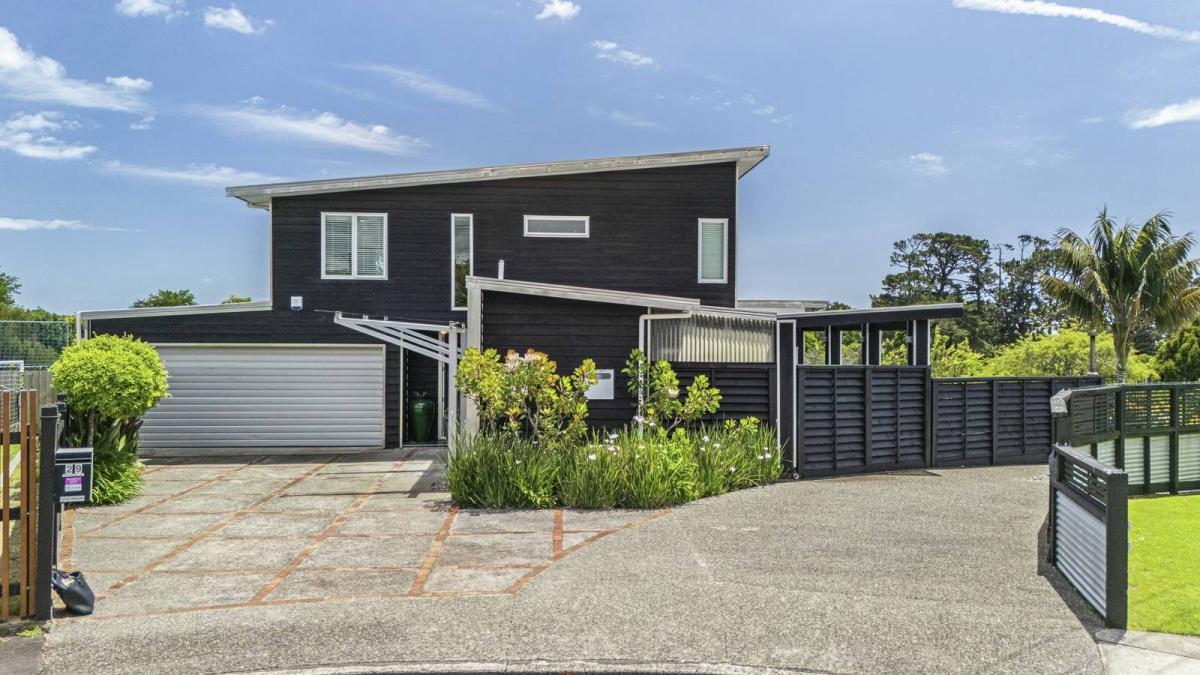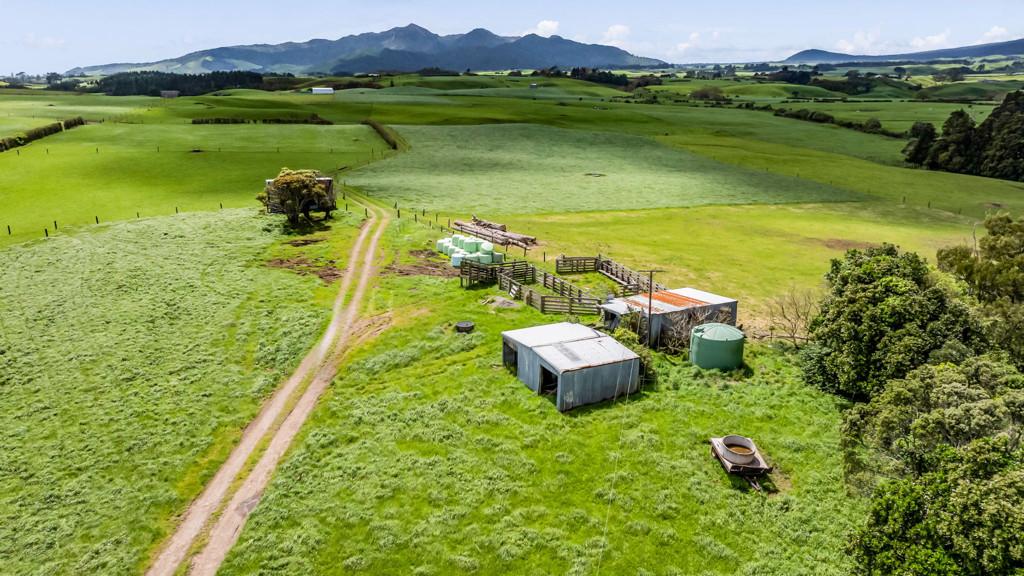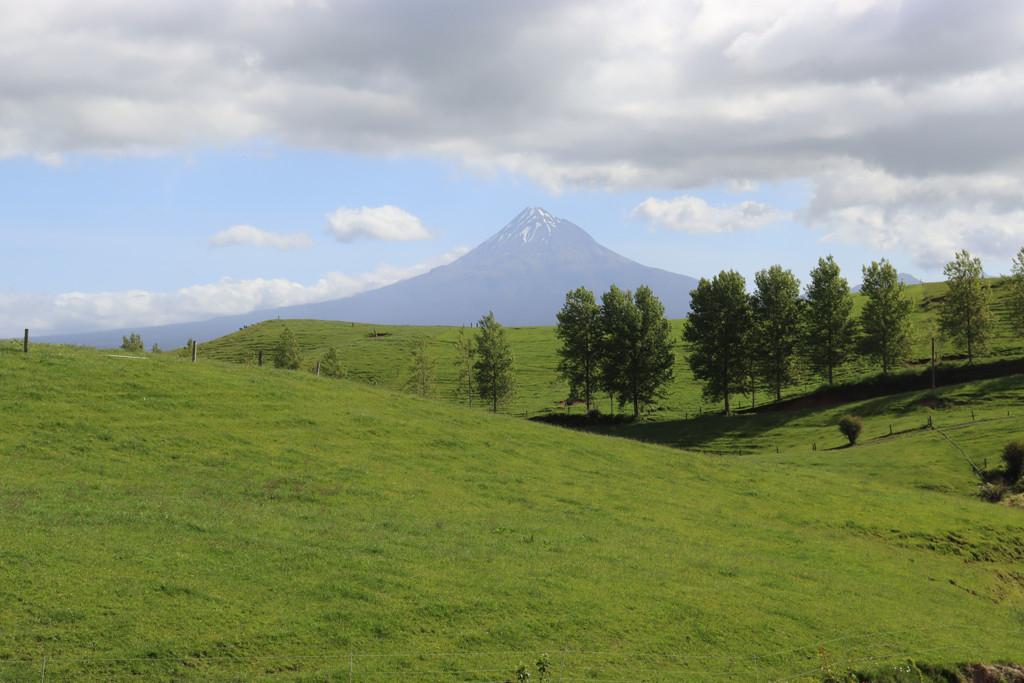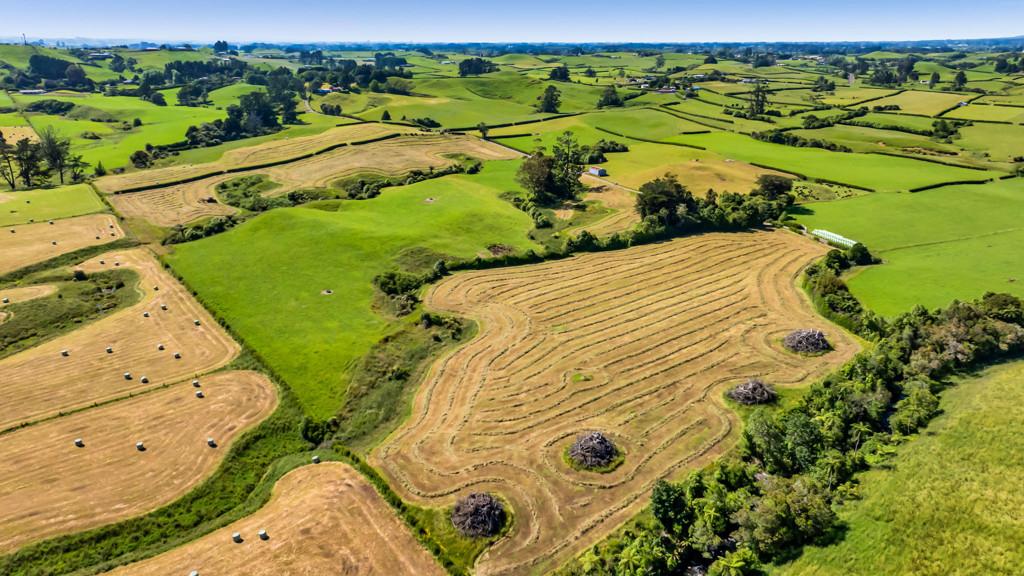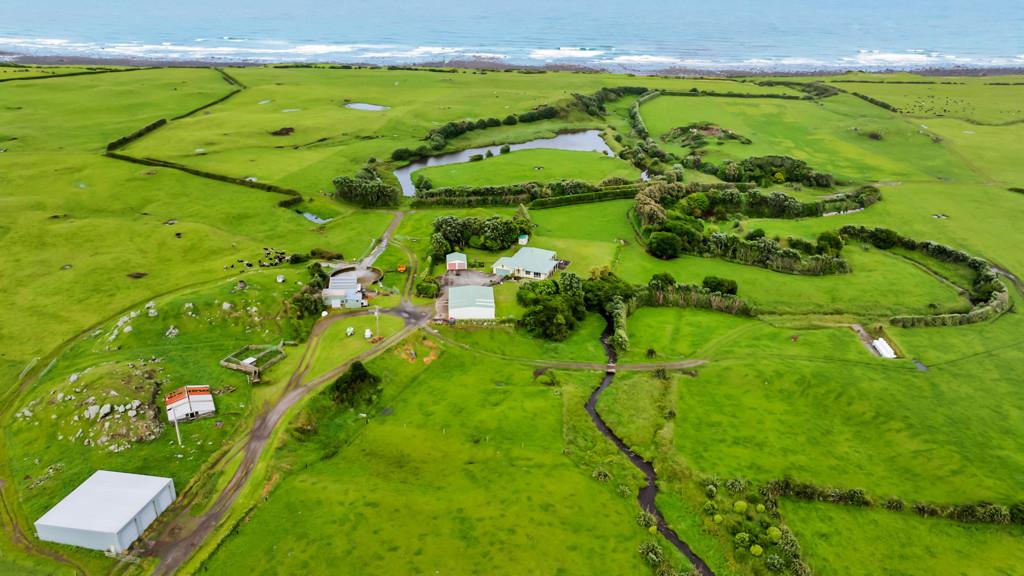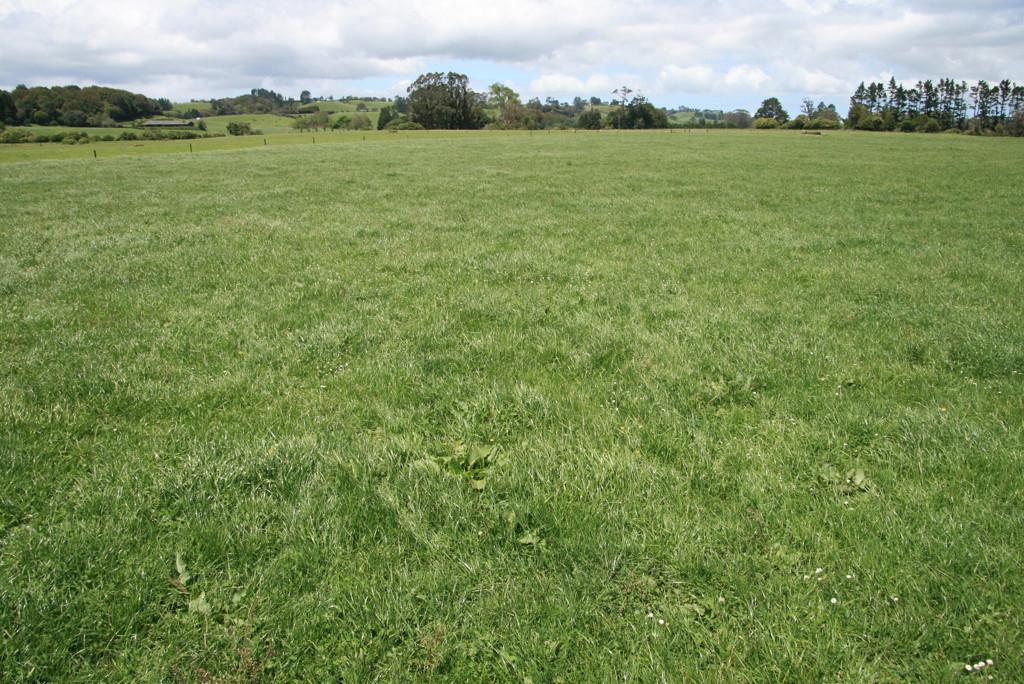Taranaki Garden Fest - Bonnet House Museum and Gardens
Another fascinating home and garden that I really enjoyed visiting in Fort Lauderdale, USA is a place by the name of Bonnet House Musuem and Gardens. I became intrigued about this historical place because a water taxi guide pointed it out while we were on the Intracoastal Waterway in Fort Lauderdale whilst spending a week there following one of our Caribbean cruises. From the water, the 35 acres look like a jungle, a section of property completely undeveloped and straddling the land between the Intracoastal and the Atlantic Ocean. Somewhere in all that greenery, though, was a house — an historic house, a legendary house. The story, according to the water taxi guide — who tells tales of all the mansions along the Intracoastal — is the house was the home of two artists, Frederic and Evelyn Bartlett. In 1983, thirty years after Frederic’s death, she gifted her little piece of paradise to the Florida Trust for Historic Preservation so future generations could see Florida the way it looked in 1931, the year she married Frederic. In exchange, Evelyn would be allowed to live there — tax-free — until her death. The Trust, the City, the County, and the State couldn’t decline such a generous gift, particularly because Mrs. Bartlett was, at the time of the gifting, already 96 years old.Mrs. Bartlett, held onto the estate until she passed at 107 years of age — which meant the US government did not receive taxes on the property for 14 years.
When one first arrives there is a long driveway that slices through natural, untouched land. There’s a grassy parking area, and after paying the entrance fee, visitors gathered in the desert garden — a sandy area that’s an oasis of succulents, cactus, and date palms. There aren’t any manicured lawns or formal gardens. When the tour guide arrived, we moved as a group to the gate. Frederic Clay Bartlett, said the guide, was already a widower when he built the house in 1921 after receiving the land as a gift from the father of his second wife, the poet Helen Louise Birch. At the time, Fort Lauderdale was a small settlement on the New River and Florida panthers roamed the barrier beaches. At last, the guide opened the gate, and as more and more came into view — I felt like Charlie stepping into Willy Wonka’s whimsical world. The house — simple, rustic, brightly painted — was built around an open-air courtyard. A covered colonnade keeps the sun off of guests as they walk from room to room. Bartlett’s second wife died in 1925. Soon after, he met Evelyn, the daughter of a wealthy Midwest family and the ex-wife of Eli Lilly, grandson of the founder of the Eli Lilly Pharmaceutical Company. Upon their marriage, she began to add her touches to the home, which was built to look like a Caribbean plantation. According to an interview with Mrs. Bartlett, the interior was “very severe” and “had no decoration at all.” Mrs. Bartlett changed all that. She even gave the house its name in honour of the bonnet lilies that bloomed in the waterway adjacent to the main house. The house is most certainly a celebration of two artists who travelled, collected art (much of which the couple donated to the Art Institute of Chicago), and loved each other. Art is everywhere — and each item has meaning — which is a big reason why every effort is taken to preserve the contents of the house. There is no air conditioning and no photography (which is why my photos are of outdoor moments). In addition to decorating the house, Mrs. Bartlett also decorated the outdoors with many varieties of orchids. One news report even said she could recount how and where every plant was found, collected, or purchased. Which brings me to the one indoor photo I had to take — of the Orchid House. There was so much light streaming in, and I figured my camera couldn’t hurt it. I also thought Mrs. Bartlett, although very private, was a gardener who knew all of the details of her plants and wouldn’t mind sharing her orchids with the rest of the world.
If you enjoy history and nature, Bonnet House Museum & Gardens is a must-see.
The property was originally acquired in 1895 by Hugh Taylor Birch, a successful Chicago lawyer, and given to his daughter Helen and her husband, artist Frederic Clay Bartlett, as a wedding gift in 1919. Bartlett built a plantation-style home on the property and wintered there with his wife and child from a previous marriage, Frederic Jr, until Helen died in 1925. As a memorial to his late wife Bartlett donated his extensive art collection to the Art Institute of Chicago. Bartlett was a self-taught architect, the main house is based on his interpretation of Caribbean plantation-style architecture.Bartlett then married Evelyn Fortune Lilly, ex-wife of Eli Lilly, and they continued to use the home as a winter residence until his death in 1953 and hers in 1997. She deeded the property in 1983 to the Florida Trust for Historic Preservation, which maintains the property as a historic house museum called the Bonnet House Museum & Gardens. The estate was valued at $35 million, the largest single private donation in state history. In 1988 Jon Nordheimer of The New York Times described it as, "an unrivaled time capsule neatly preserved from an era earlier in the century when the wealthy elite could afford a cozy 35-acre winter hideaway in Florida.
In addition to their historic significance, the Bonnet House grounds encompass one of the last examples in South Florida of a native barrier island habitat. Five distinct ecosystems can be found on the property including the Atlantic Ocean beach and primary dune, a fresh water slough, the secondary dune which includes the house site, mangrove wetlands, and a maritime forest. In compliment to the natural vegetation, the grounds contain a Desert Garden composed of arid plantings, a hibiscus garden, and the main courtyard planted with tropical vegetation. Evelyn Bartlett was a passionate orchid collector. Various blooming examples are rotated regularly through the estate’s Orchid Display House. Today, Bonnet House is a haven for migratory birds, year round birds indigenous to Florida wetland and coastal areas, and manatees that occasionally seek refuge in the estate’s Boathouse Canal. Hurricanes Katrina and Wilma caused significant damage to the grounds in 2005 and destroyed much of the estate’s upper tree canopy. A major restoration project was begun in 2008 to replant the grounds to restore them to their period of significance appearance and to shield the property’s historic view corridors from neighbouring development.
Poll: Are our Kiwi summer holidays helping us recharge, or holding the economy back? ☀️🥝
There’s growing debate about whether New Zealand’s extended Christmas break (and the slowdown that comes with it) affects productivity.
Tracy Watkins has weighed in ... now it’s your turn. What’s your take? 🤔

-
73% We work hard, we deserve a break!
-
15.9% Hmm, maybe?
-
11.1% Yes!
Brain Teaser of the Day 🧠✨ Can You Solve It? 🤔💬
How many balls of string does it take to reach the moon?
(Peter from Carterton kindly provided this head-scratcher ... thanks, Peter!)
Do you think you know the answer? Simply 'Like' this post and we'll post the answer in the comments below at 2pm on the day!
Want to stop seeing these in your newsfeed? No worries! Simply head here and click once on the Following button.

Council Meeting for older adults & people with disabilities
The mayor and a slim majority of the newly elected NPDC councillors are keen to see the, “Age and Accessibility Working Party”, a long-standing Council committee, scrapped.
This is not to save the minimal cost of having such a committee. But simply put; it means these councillors believe that older adults and all those with disabilities in our community do not warrant being recognised, respected or treated as people whose voice is important, to them.
On Thursday 18 December (that is, this coming Thursday) at 10am, in the Council Debating Chamber, the full council will have an opportunity to vote, “to Re-establish an Age and accessibility Working Party”.
But we need your help to get it passed. We need you at the meeting to show your support for this committee. This committee is important for the voice of the older person or people who have accessibility or challenges in our community, to be heard.
We have many in examples of what happens when council fails to listen to people with disabilities, resulting in remedial work costing tens of thousands of dollars.
Let’s support those councillors who do support the reinstatement of this committee.
Please consider joining the myriad of organisations supporting older adults and those with disabilities.
If you cannot come to the Council chambers, email the Mayor and inform him what you think. His email is; max.brough@npdc.govt.org.nz.
I hope that we will see you there.
There is parking for just $1 per hour at the YMCA opposite the Council in Liardet Street.
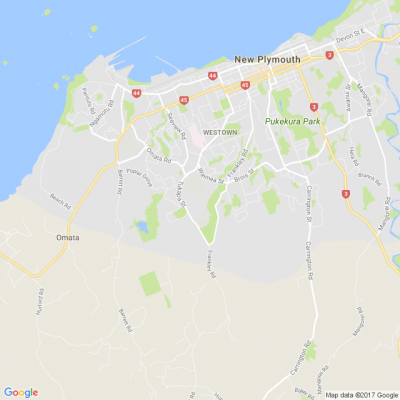
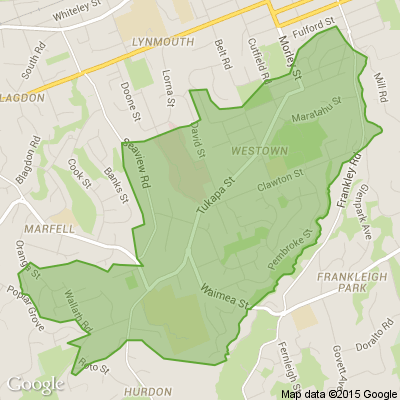
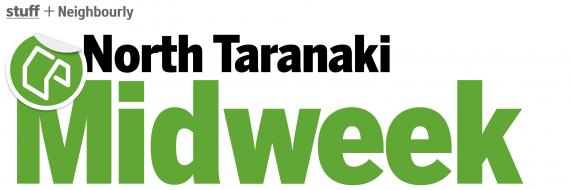









 Loading…
Loading…